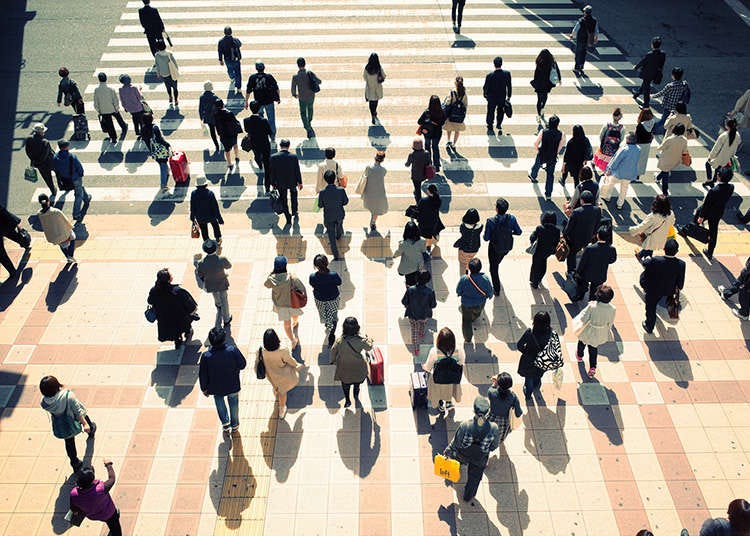
Let's take a look at Japan's traffic rules and etiquette to make your trip safe and enjoyable.
Pedestrians keep to the right
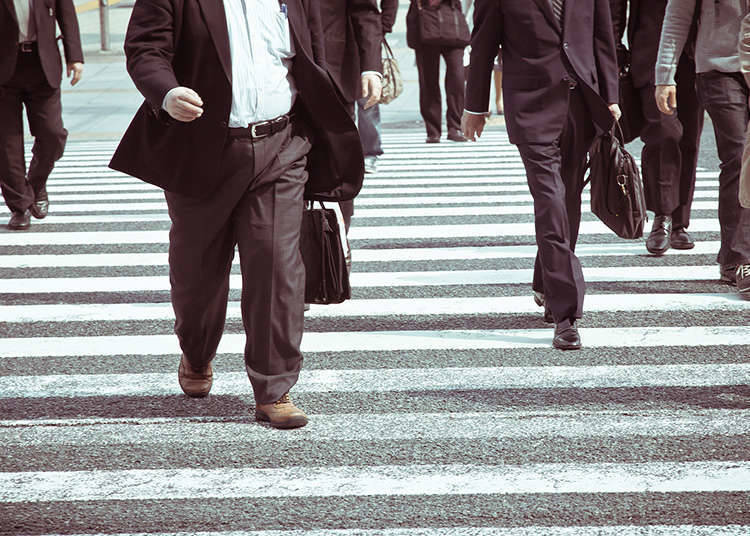
Walking on a sidewalk is safe, of course, but be aware that in Japan, they are used by both pedestrians and bicycles. When crossing the road, it is best to do so at a cross-walk. While pedestrians have priority, make sure to check left and right for your own safety.
Vehicles drive on the left
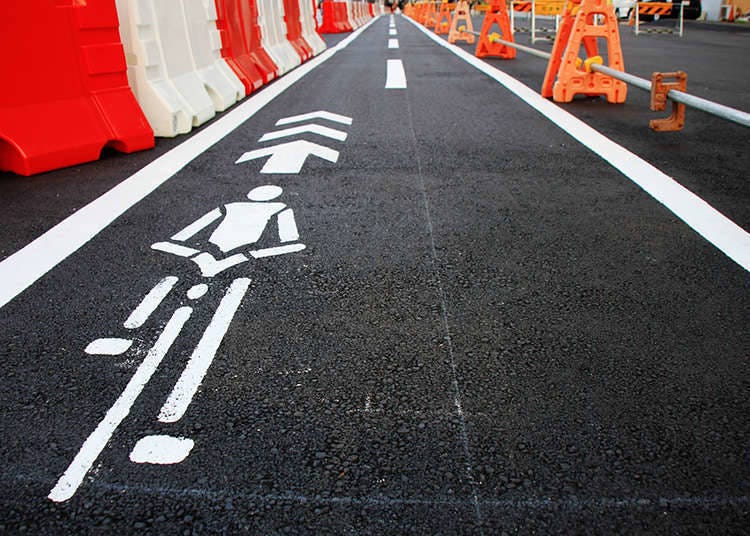
Under the Japanese traffic rules, vehicles drive on the left. Hence, the drivers' seats in Japanese cars are on the right. Vehicles does not only mean cars but also motorbikes and bicycles which also must keep to the left when driving on the road.
Japanese traffic lights
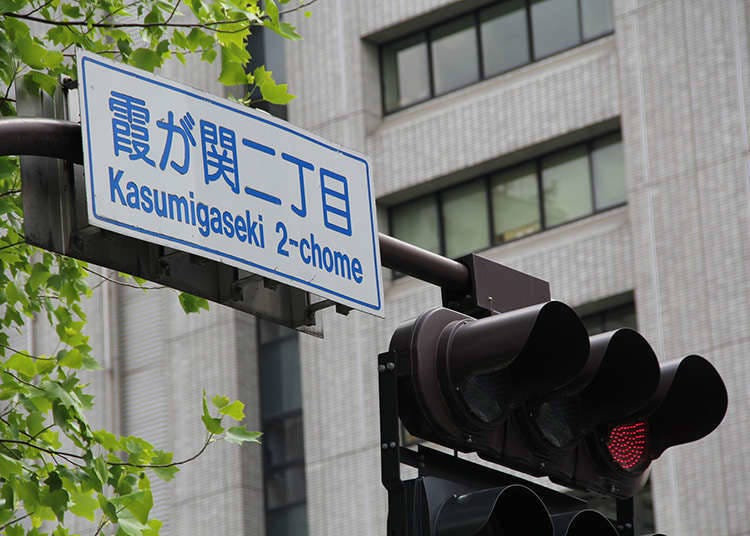
The red, green and yellow of traffic lights might have the same meaning all over the world. When a traffic light turns red in Japan, the other side's light also stays red for another second. This short period of all lights being red is created to prevent collisions with cars that enter the intersection just before the traffic light changes. Needless to say, however, you should stop as soon as the light turns red.
Traffic lights with push-buttons for pedestrians

Apart from traffic lights that turn green for pedestrians automatically, there are also those that have a push-button for people who want to cross the road.
Braille block
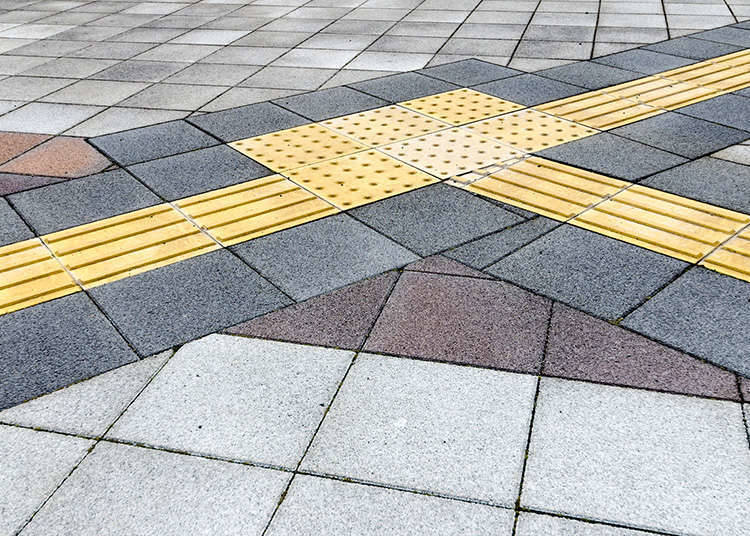
You will come across yellow studded paving blocks in Japanese stations or on sidewalks. These are called braille blocks and are an aid for visually impaired people, so make sure not to stand on these blocks.
Street parking is prohibited
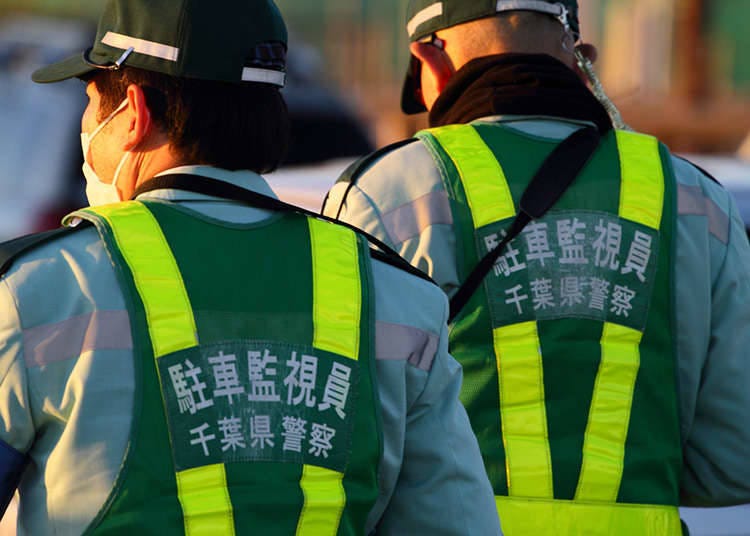
In Japan, parking on the street is prohibited on almost all roads, even on a road shoulder. Even if it's just for 30 minutes, you may get a ticket for a parking offense if you park your car on the road.
Cars must stop at train crossings
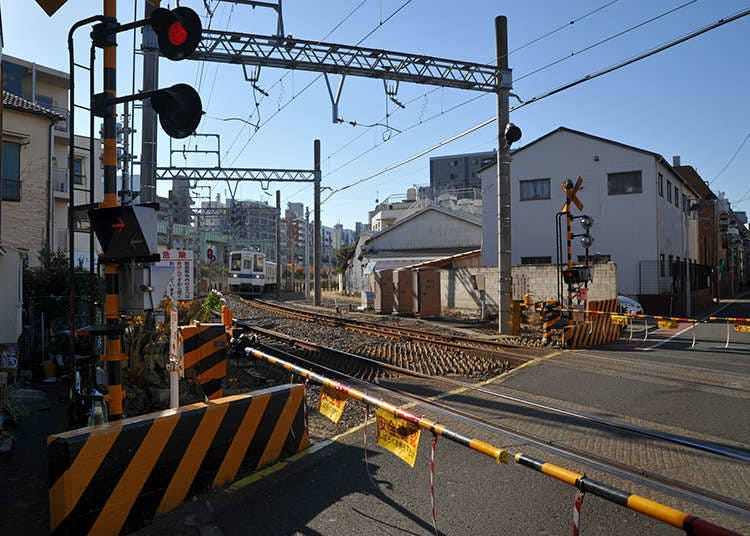
At railway crossings, cars must stop for a short moment even if the crossing bar is not lowered. Apart from that, make sure that the car in front of you has crossed the entire railway crossing before continuing on the crossing yourself - cars go one by one here.
- Area
- Category
*Prices and options mentioned are subject to change.
*Unless stated otherwise, all prices include tax.
Recommended places for you
-
Appealing
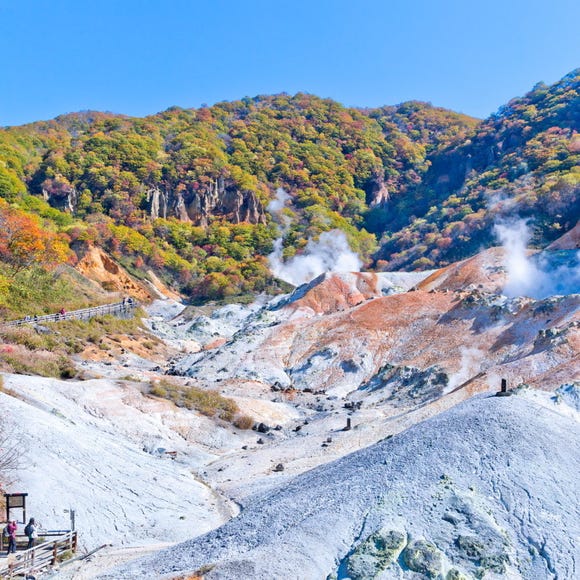
Noboribetsu Onsen
Hot Springs (Onsen) & Bath Houses (Sento)
Noboribetsu / Lake Toya
-
Appealing

Sapporo Ramen Yokocho
Ramen
Sapporo / Chitose
-
Appealing

Rukku and Uohei
Izakaya
Sapporo / Chitose
-

LakeAkan
Rivers, Lakes & Canyons
Abashiri
-
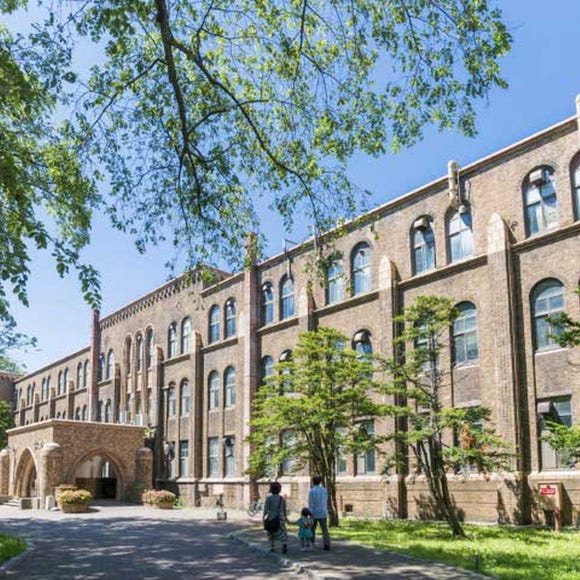
Hokkaido University
Other Architecture
Sapporo / Chitose
-
Appealing

Asahiyama Zoo
Zoos, Aquariums & Botanical Gardens
Asahikawa
-

Visiting Japan in November: The Best Things to Do and Reasons to Visit
by: James Davies
-

Experience the Magic of 'The Nutcracker' in Tokyo This Winter
-

Celebrate 25 Years of Nikko's UNESCO Sites: 2 Limited-Time Plans to Explore Buddhism and the Samurai Spirit
-

Mister Donut x Pokémon 2024: Catch Limited-Edition Donuts and Fun Collectibles!
-

Explore Autumn in Hyogo Prefecture: Two-Day Road Trip to See Stunning Foliage and Top Attractions
by: Hide
-

Nature with Art: Explore 'teamLab: Hidden Traces of Rice Terraces' in Ibaraki
-

6 Surprisingly Cheap Things in Japan
-

Toyako Onsen: Complete Guide to Hokkaido's Breathtaking Hot Springs (Access, Where to Stay, Events & More)
-

Sapporo 2 Day Itinerary Taking You Around Northern Japan's Exciting City
-

Visiting Hokkaido Japan: 14 Things to Know Before Traveling to Japan's Wild North
-

10 Important Japanese Phrases to Know Before You Enter a Japanese Convenience Store!
by: Teni Wada
-

JR Edition: Visit all of Tokyo in one Day with the Tokyo Metropolitan District Pass!
- #best sushi hokkaido
- #things to do hokkaido
- #best ramen sapporo
- #what to bring to japan
- #new years in tokyo
- #what to buy in ameyoko
- #japanese nail trends
- #what to do in odaiba
- #onsen tattoo friendly tokyo
- #daiso
- #best sweets otaru
- #japanese fashion culture
- #best nature furano
- #japanese convenience store snacks
- #best japanese soft drinks


















